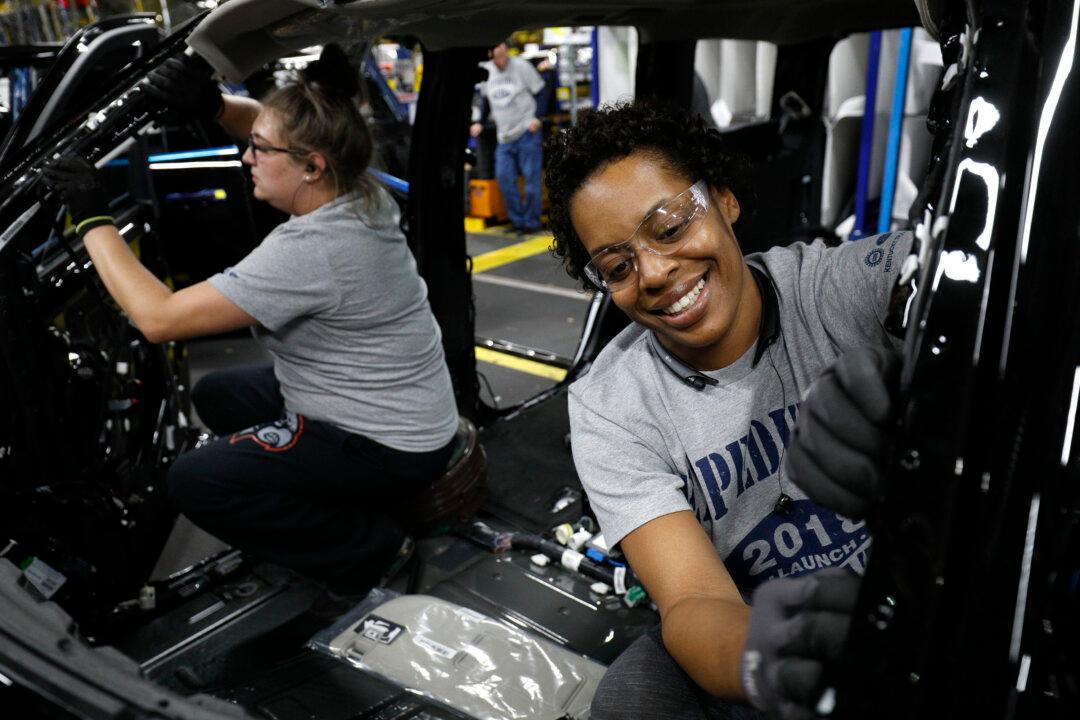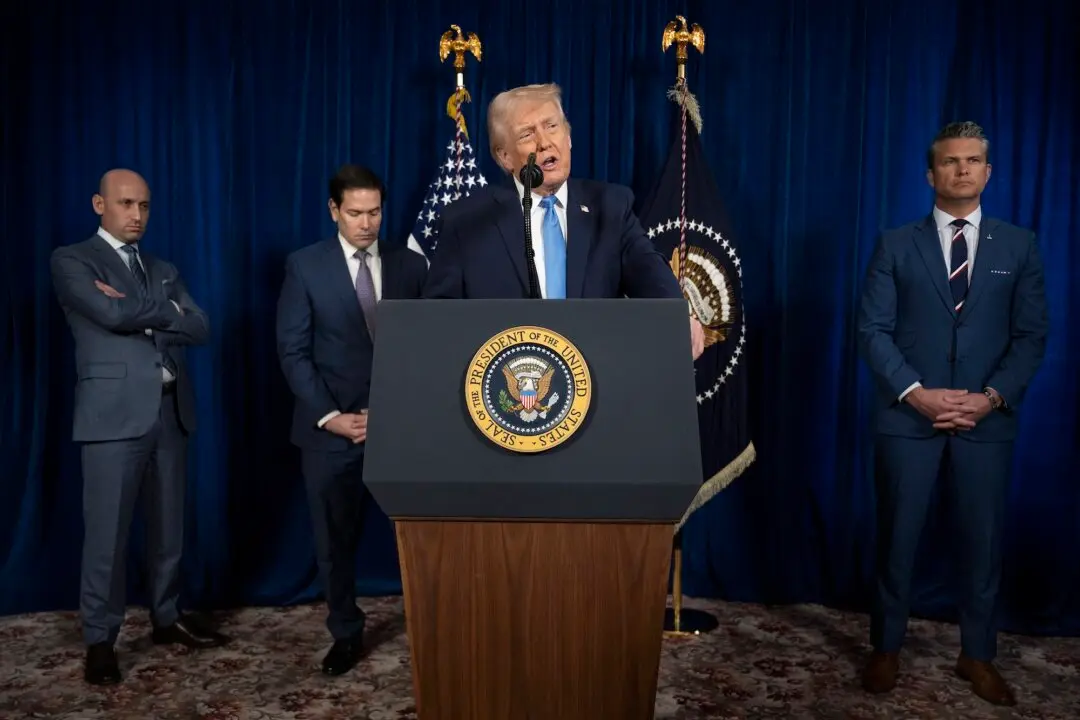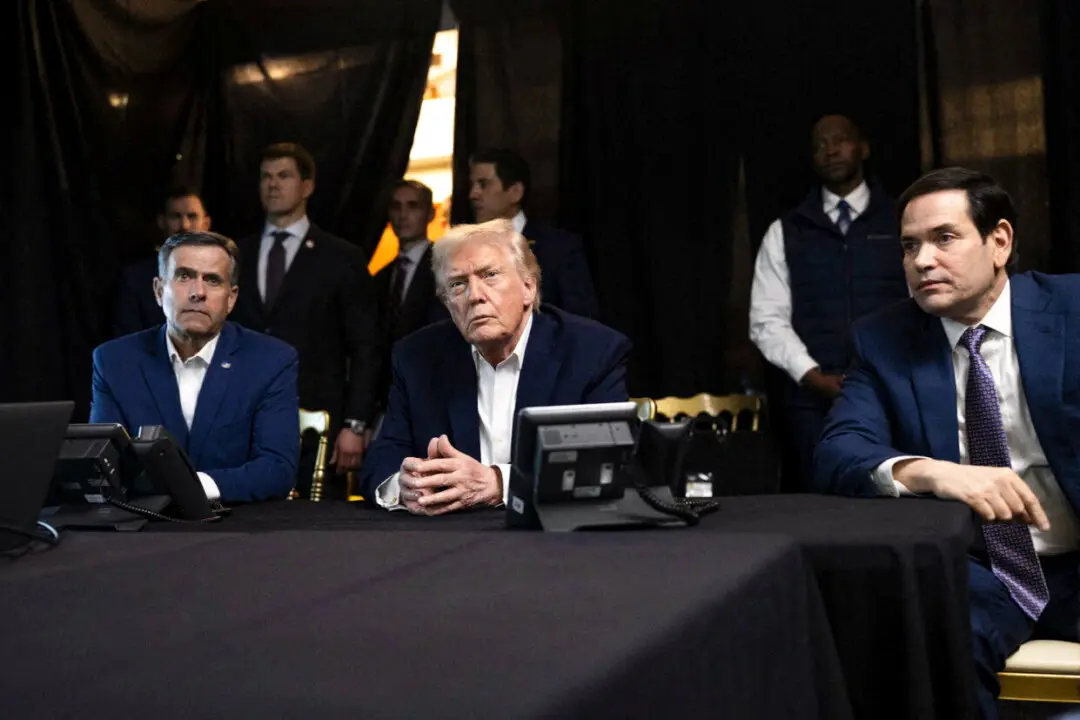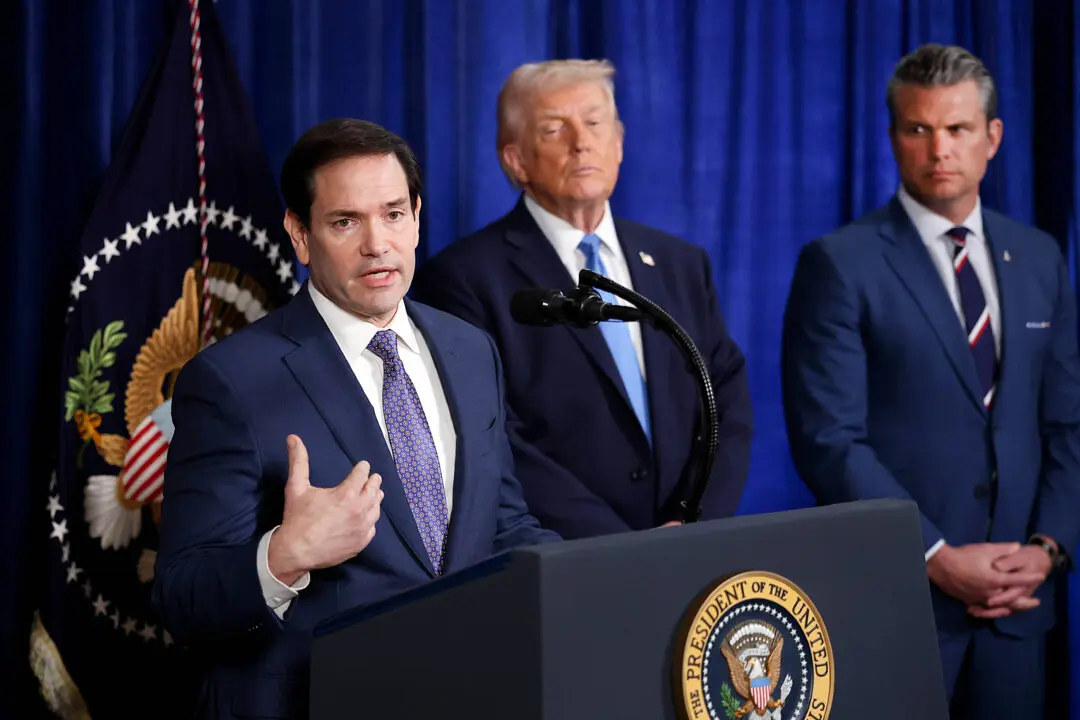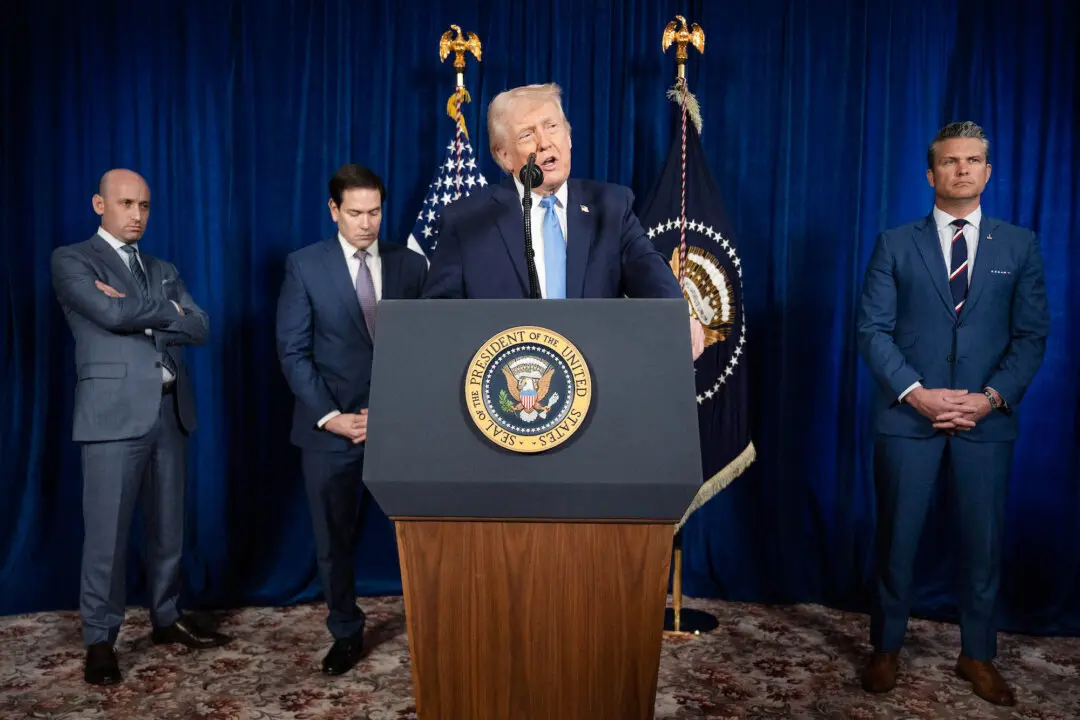WASHINGTON—The full benefits of tax cuts will take years to realize, but the reductions already have helped spur business investments, as well as economic growth and wages, according to experts.
The gross domestic product (GDP) climbed above 4 percent in the second quarter and wages finally started to rise, after having lagged behind job growth. In August, average hourly earnings increased by 2.9 percent on an annualized basis, the fastest pace since the recession.
